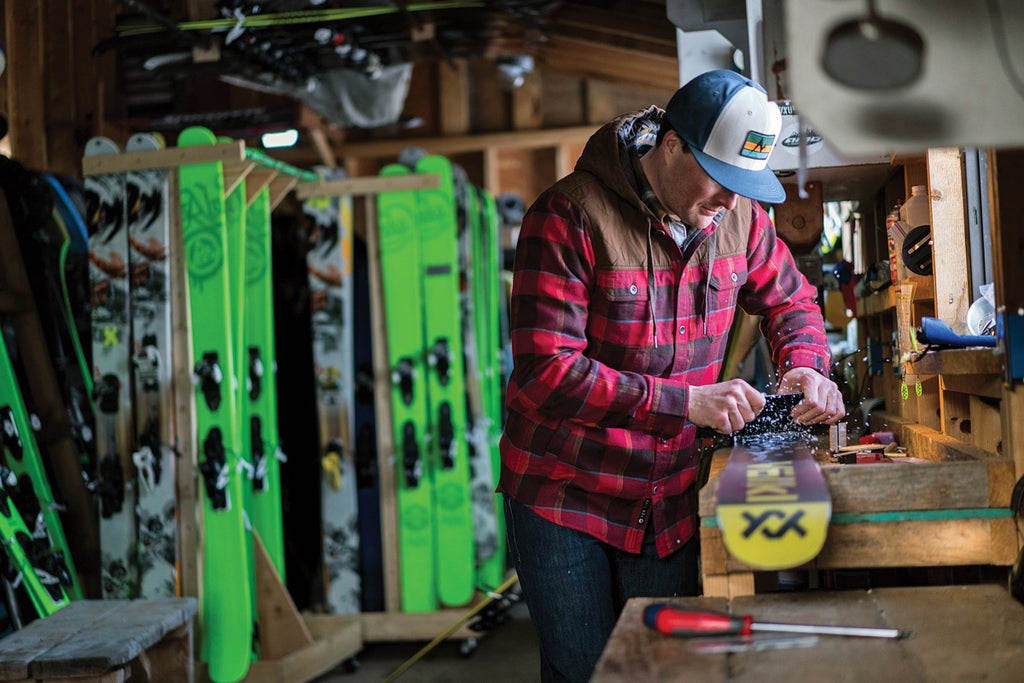Products You May Like
Get access to everything we publish when you
sign up for Outside+.
Do SKI’s editors know everything there is to know about gear? Absolutely not, even if we’d like to think so. But that’s why we keep a laundry list of industry professionals on speed dial.
The reality is that ski gear technology is evolving quickly these days, and so even the gearheads on our staff are constantly learning new information, not only about what materials go into our skis and boots and how that affects their performance, but also pro tips on how to get the best performance out of our gear while on the hill. And whenever we get especially helpful or insightful advice from our gear experts—stuff that challenges conventional wisdom or changes our lives as skiers—we share those tidbits with readers in our gear advice columns.
Not surprisingly, those columns have proven very popular with you readers, especially the advice that deals with ski boots (How the hell do we make these awful things fit and feel better?). Here, in no particular order, are the gear advice columns that really struck a chord with our readers this year.
How Old is Too Old for Ski Boots?
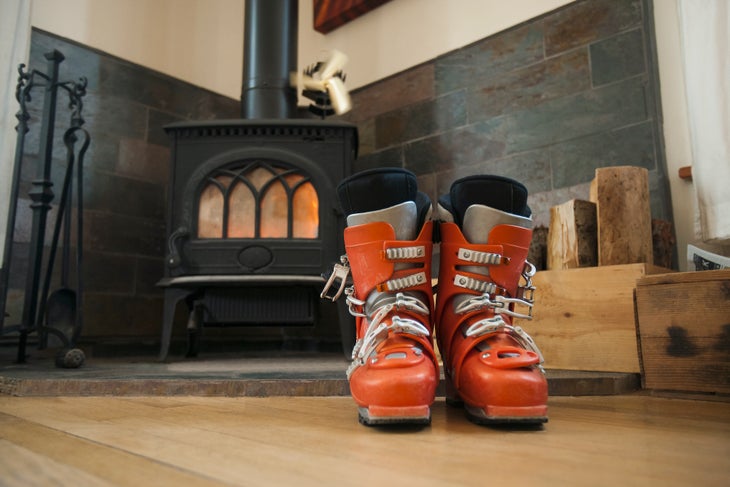
After seeing some social media comments from loyal readers who proudly professed to be skiing in boots that were more than 10 years old and “are now so comfy they feel like slippers,” we editors raised the alarm with SKI’s resident Boot Doctor, Sam Tischendorf. Sure enough, a SKI reader wrote in to ask whether there was a need to replace old ski boots if they still fit well. We put the question to Tischendorf, who expertly outlined why ski boots do, in fact, have a shelf life, and how to tell when it’s time to upgrade.
Ski boot technology may not change as fast as ski technology, but ski boots do have a shelf life. Manufacturers say that boots should last about 200 skier days, though ski boot liners tend to pack out well before then, even before the shell begins to lose its integrity. So while you may have only put in around 90 ski days on your boots, it’s probably time to upgrade at least the liner, if not the whole boot.
Here’s a quick checklist to run through to see if it’s time to start shopping for new ski boots.
Can’t Get Out of the Backseat? Check Your Ski Boots.
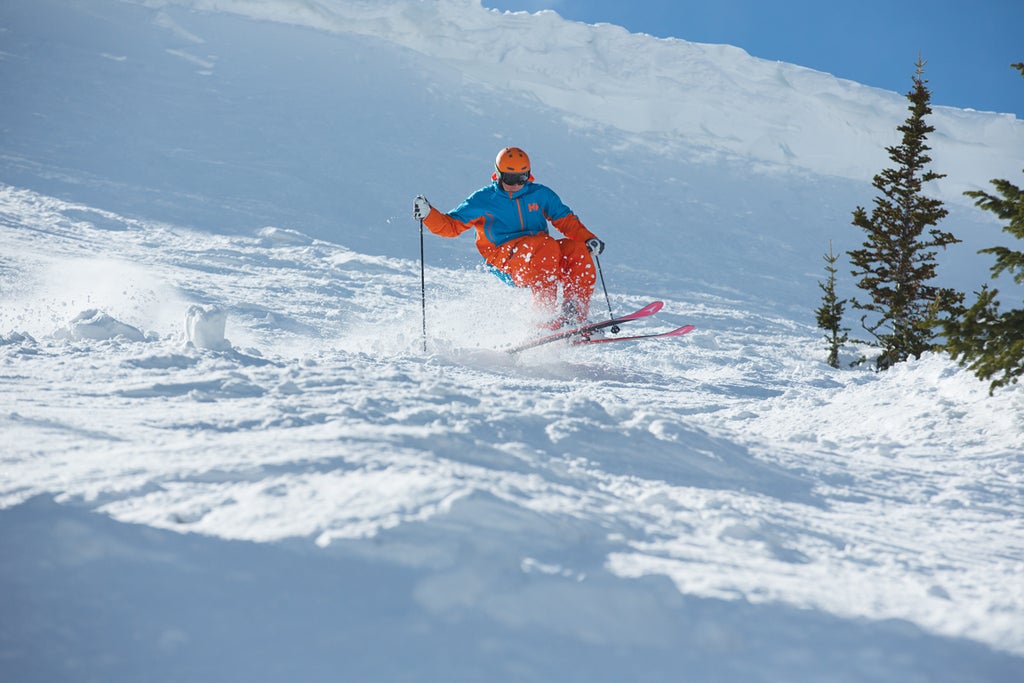
Most skiers know that ski boots come in varying flex ratings (which can be pretty arbitrary), and that flex ratings have something to do with a skier’s ability level. But what many didn’t know based on the popularity of this Boot Doctor column is that your ski boot flex may be preventing you from standing over your skis properly. Here’s what Tischendorf had to say:
If you feel like you can’t get on top of your skis or you’re struggling to engage the front of your skis, it may very well be because you’re in a boot that’s too stiff and you don’t have the force to drive your ski boots—and therefore, your skis.
Learn more about ski boot flex and what it means in terms of your ability to ski.
Why Ski Technicians Don’t Want You To Sharpen Your Base Edges
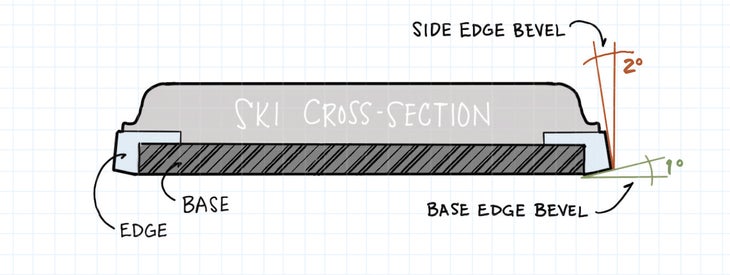
We’ll just come right out and admit that this is something we learned the hard way ourselves. We thought we knew how to sharpen our skis’ edges, but it turns out, we were basically taking off valuable edge material when we took a file to our bases. It wasn’t until we spent an evening tuning skis with our buddy Leif Sunde, pro ski technician and owner of the Denver Sports Lab in Golden, Colo., that we learned we’d been doing it all wrong. Here’s what you should know so you don’t make the same mistake:
“When you mess with your base edge, you change its bevel, which influences the responsiveness—not the sharpness—of the edge,” explains Sunde. Understanding the difference between edge sharpness versus responsiveness comes down to understanding edge angles, explains Sunde, and how a ski’s side edge bevel and base edge bevel combine to help your skis hold an edge in a carve. In short, it involves math.
Read more about the right way to sharpen your edges at home–and why you should leave your base edges to the pros.
Understanding Rocker vs. Camber Ski Technology
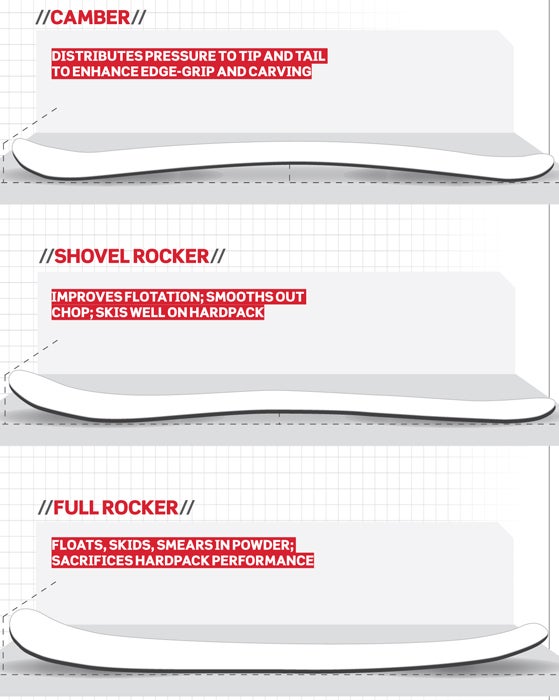
These days, you don’t really have a choice when it comes to buying skis with or without rocker—almost every pair of modern skis uses some form of rockered construction. But what does rocker actually look like, and what does it mean for your skiing? In this column, PSIA pro and veteran ski tester Michael Rogan breaks down the basics of camber and rocker ski technology to help you understand how each influences a ski’s performance on the hill.
As groundbreaking as camber and rocker each were in their own right, the real magic comes from blending the two. Ski designers are constantly experimenting with the amount and placement of rocker, camber, and sidecut to harness the performance benefits of each. These days, almost every pair of skis on your shop’s wall incorporate some degree of rocker, in the tip, the tail, or through the full profile of the ski. The sales guys will insist it’s good for everyone and that rocker will make you a better skier. Is that true? Well, yes: In the right dose and when used as directed, rocker is a performance enhancer, especially in deep snow, variable snow conditions, and terrain.
Read the full rocker vs. camber debate here.
Carving vs. Frontside Skis—What’s the Difference?

Every year after SKI’s annual Gear Guide lands in mailboxes and on newsstands, we get a flurry of Letters to the Editor asking for clarification on how we choose the skis in our Guide. More recently, readers have been wondering what the difference is between skis reviewed in our carving category vs. the frontside category. At first blush, both appear to be narrower skis designed primarily to tackle groomers. And while that’s true, there are several other important distinctions that may impact whether you decide you want a carving ski or a frontside ski in your quiver.
Because carving skis are designed to stick to groomers like white on rice, they mostly feature a traditional camber profile with minimal (if any) rocker in the tip. This profile gives the ski maximum effective edge, which is what you want when you’re arcing on hard snow.
While frontside skis typically also have traditional camber underfoot, they tend to feature more rocker in the tip and perhaps even in the tail of the ski because these skis are designed to also hold their own in bumps and crud on the side of the groomed run. The tip (and sometimes tail) rocker makes frontside skis more versatile, but it also reduces the length of the ski’s effective edge, which means you sacrifice some stability and performance on hard snow, where you rely on your edges.
